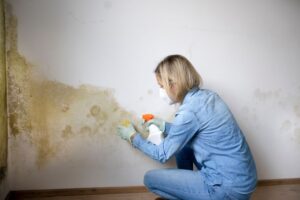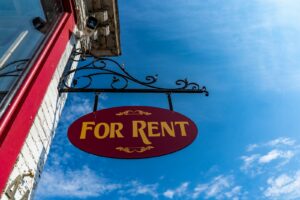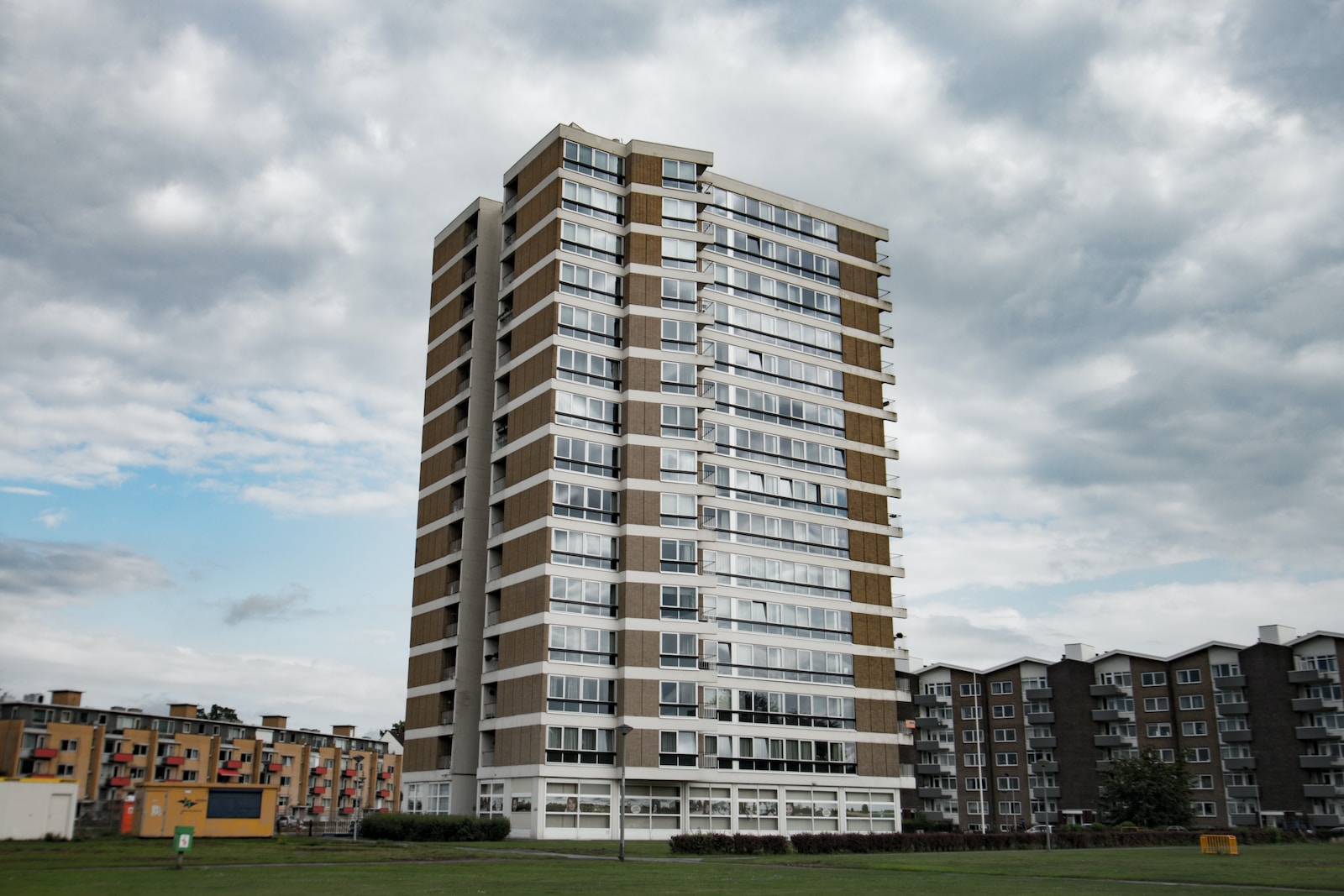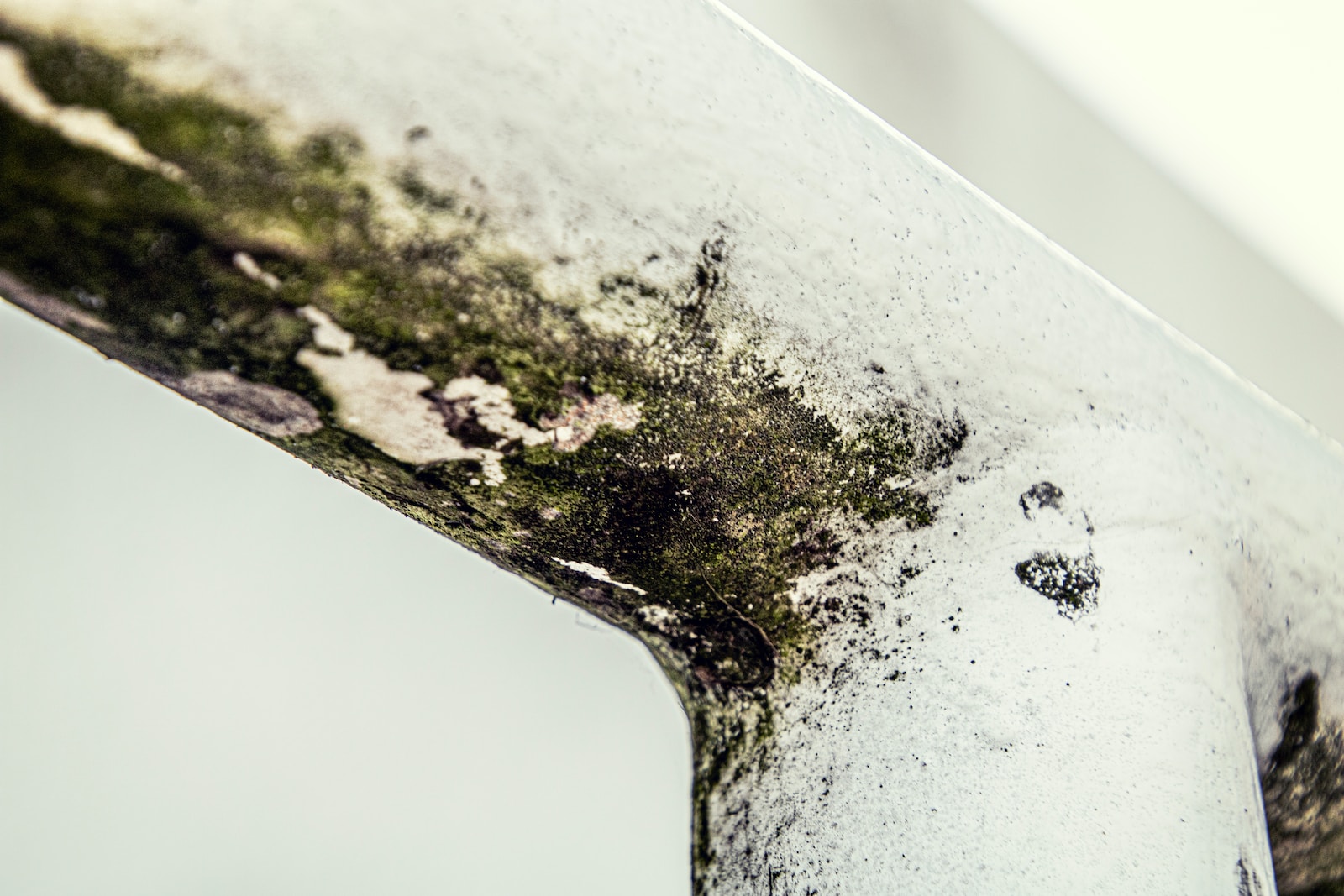Journalist Emily Whitehouse speaks to Rochdale Boroughwide Housing about their efforts to improve the standards of social housing and the associated quality of indoor air.
In 2021, when increased inflation rates started to squeeze household budgets, local authorities and housing organisations hit headlines as they began to better insulate properties with an aim to keeping peoples energy bills to a minimum and also helping to reduce the amount of CO2 in the atmosphere. However, people on a low-income that live in social housing always seem to be forgotten about. Despite air being invisible, should it become toxic the effects are fatal.
An example of this is the harrowing death of two-year-old Awaab Ishak, who lost his life in December 2020 due to being exposed to an excessive amount of damp and mould in his home in Rochdale, Greater Manchester. Once a coroner exposed the reason behind the toddler’s death in November 2022, an influx of similar cases surfaced, with England’s Regulator of Social Housing stating that up to 160,000 social homes in the country have been left with ‘notable’ damp and mould problems, and a further 8,000 so severe that they ‘pose a serious and immediate risk to health’.
As a result, Rochdale Boroughwide Housing (RBH), the organisation who left the two-year-old and his family to live in catastrophic conditions – in 2017 Awaab’s father made a complaint to the company about the amount of mould that was beginning to appear on the walls of their flat but, was merely met with the response to ‘paint over it’ – have had to implement new strategies and members of staff to ensure nothing of the sort happens again.
Acting fast, the former Interim Chief Executive of RBH, Gareth Swarbrick, was sacked last November and replaced by Yvonne Arrowsmith who has now been tasked with turning the beleaguered mutual around. Similarly, the organisation also employed Kevin Brady last month as its new Chair of the RBH board, stating he is ‘vital’ in helping the organisation ‘rebuild trust with tenants, communities and partner organisations.’
Alongside being quick to appoint new members of staff, the organisation explain they have implemented a new recovery plan with an overarching focus on what can only be described as putting tenants needs first through assertion that social homes will be frequently monitored by their newly appointed damp and mould taskforce, which cost the company £2 million. A spokesperson from RBH said: ‘We have set out a comprehensive improvement and recovery plan to make sure that we deliver the safe and comfortable homes that our tenants deserve. Our plan has five key themes including, home, tenant involvement and empowerment, governance, rebuilding trust and confidence and lessons learnt.’
In addition to laying out their recovering plan, RBH informed Air Quality News that at a recent board meeting, the company set out plans to invest a further £45 million into existing properties over the next five years and £1.2 million on improving ventilation at the Freehold estate alone, which is where Awaab and his family lived.
However, more can be done by RBH to ensure a tenant is never put at critical risk again. Chris Jones, Chief Executive for Aico|HomeLINK, the European market leader in home life safety, launched a technology platform known as HomeLINK in 2020 which helps to monitor damp and mould issues in properties. Chris said, ‘It is shocking that a child had to die before authorities and organisations involved within the housing sector publicly acknowledged that it is not right for people to be left to live in poor conditions.
‘The reality is that 20-30% of homes have mould in them and there have more than likely been previous cases where courts have failed to side with the people affected. RBH have been very proactive in installing HomeLINK sensors in their properties to enhance the data they possess, and this will be really important in ensuring the safety of their tenants moving forward.’
Chris explains his company produces environmental sensors through their HomeLINK platform which help to pinpoint the cause of mould and prevent it from reoccurring. Chris said: ‘When we launched the environmental home sensors landlords and residents weren’t thinking about damp and mould issues, but deep down, our company knew it was always going to be a problem, not just with damp and mould, but with breathing in harmful pollutants such as PM 2.5 and CO2.’
The hard work the Aico team have devoted to helping combat toxic air from essentially making some social housing uninhabitable has been nothing short of exceptional. Not only have they created sensors that can detect whether a property is at risk of developing damp and mould issues, but Chris notes the company have gone ‘one step further’ as they have developed an algorithm, which consists of six factors or Damp and Mould Components known as SVE, that can make a prediction about the likely underlying causes of a mould issue. For example, if a sensor is placed in the bathroom, you could look at the SVE and it will inform you which factor is most likely to be causing a damp problem, such as insufficient ventilation.
Chris tells us technology is ultimately the key to helping combat toxic air within homes. Although he notes that sending out surveys to frequently assess the condition of local authorities and companies housing stock – a method that has been implemented by councils across the UK – it will be costly.
‘We looked at a business case where we figured out that one and a half stock condition surveys per home will cost the same as continuous insight monitoring for 10 years’, Chris said. ‘Although the cost of buying sensors themselves is quite expensive, they are offered to landlords at a discounted price and the subscription fee for a sensor is around four pounds a year’.
Going forward, Chris states Aico will continue to support social landlords as the company’s ‘biggest goal’ at the minute is tackling the damp and mould issue. It is critical that people living in social homes are not left worrying about their health. Through the use of technology, new strategies that have been adopted by RBH and the new guideline issued by the government known as ‘Awaab’s Law’, which were announced in February, should all have a positive impact upon improved living conditions for those living in social housing. Time will tell if the rhetoric is matched by improvement metrics.
Originally this feature article was published in the latest edition of Air Quality News Magazine.
Images: Matt Brown and michael schaffler


















Leave a Reply